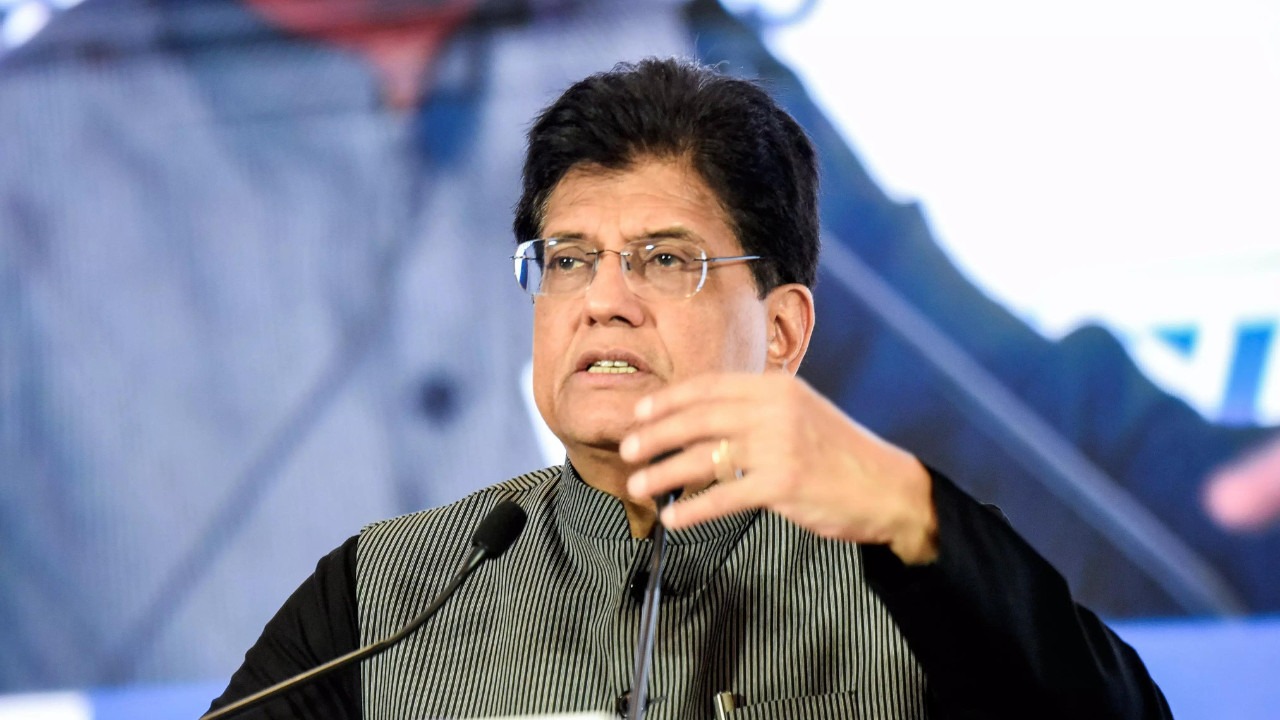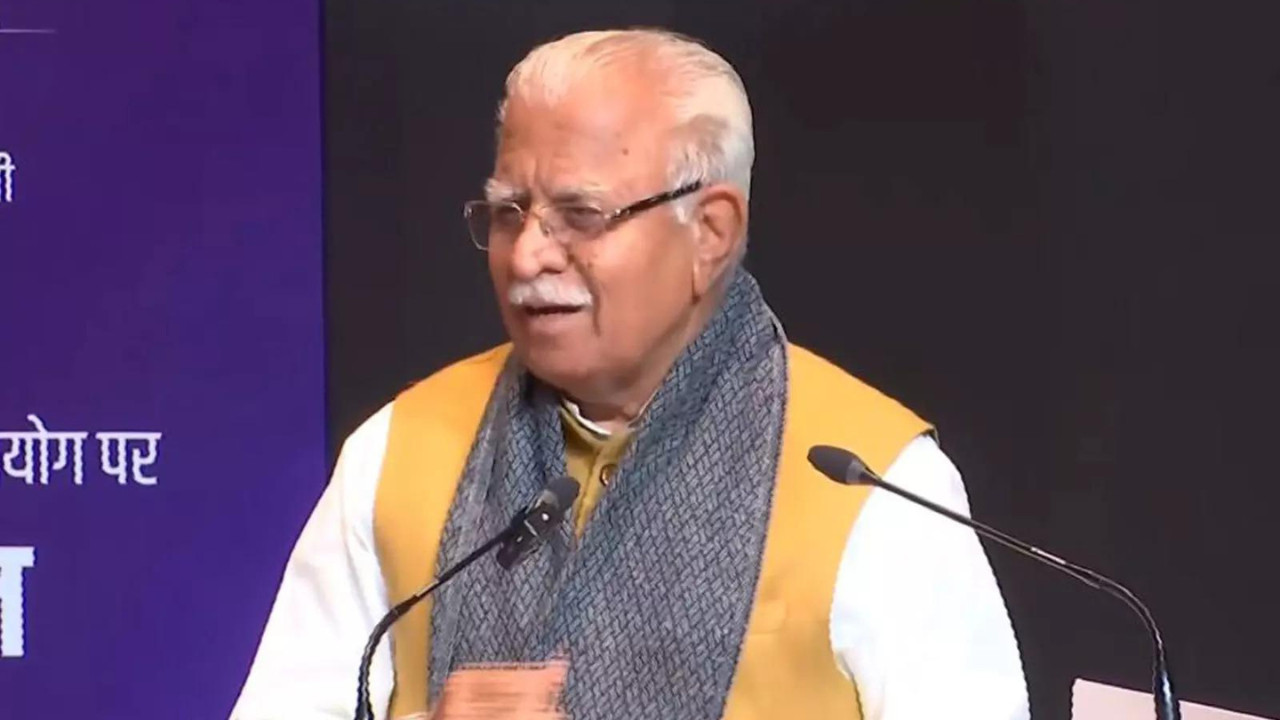Car dealers in India are seeking government and automaker assistance to manage approximately Rs 2,500 crore in unadjusted GST cess. With a large inventory accumulated for the festive season, dealers face potential losses and working capital disruptions due to the removal of the cess.
Navigating the Road Ahead: Can Car Dealers Weather the GST Cess Storm?
The Indian automotive industry is no stranger to navigating bumpy roads, but the upcoming changes regarding the Goods and Services Tax (GST) are presenting a particularly challenging landscape. As 2025 looms, car dealers find themselves facing a complex financial situation, primarily revolving around the cessation of the ₹2,500 crore compensation cess. This levy, implemented after the introduction of GST, was intended to offset revenue losses suffered by states. Its expiration raises critical questions about the future profitability and pricing strategies within the auto sector.
The introduction of GST was meant to simplify the indirect tax structure, creating a unified national market. However, the reality has been somewhat more nuanced. The compensation cess, while intended as a temporary measure, became an integral part of the financial ecosystem for many states. Now, its removal presents both opportunities and threats for car dealerships across the country.
The Ripple Effect of Cess Removal on Car Pricing
One of the most immediate concerns is the potential impact on car pricing. The compensation cess currently contributes a significant portion to the final cost of vehicles, particularly those in higher price brackets. Its removal could, theoretically, lead to a reduction in prices, making cars more accessible to a broader segment of the population. However, the situation isn’t as simple as a straightforward price cut.

Dealers are wary of simply passing on the benefit to consumers. They are already operating on thin margins, and absorbing the loss of the cess revenue could further squeeze their profitability. We could see manufacturers adjusting base prices to compensate, essentially neutralizing the impact of the cess removal. Furthermore, fluctuating raw material costs, currency exchange rates, and evolving regulatory requirements are all factors that could influence final pricing decisions. The consumer might not see the dramatic drop in price that some initially anticipated.
Strategies for Survival: Adapting to the Post-Cess Era
Faced with this uncertainty, car dealers are actively exploring strategies to mitigate potential losses and maintain their competitive edge. Many are focusing on enhancing operational efficiency, streamlining processes, and reducing overhead costs. Digital transformation is playing a crucial role, with dealerships investing in online platforms to reach a wider customer base and optimize sales processes.
Another key strategy involves a greater emphasis on value-added services. Dealerships are looking beyond the initial car sale, focusing on offering comprehensive after-sales support, extended warranties, and customized service packages. These offerings not only generate additional revenue streams but also enhance customer loyalty and retention. Think premium detailing packages, bespoke accessory installations, and proactive maintenance programs.
Furthermore, dealerships are closely monitoring consumer sentiment and adjusting their marketing strategies accordingly. They’re highlighting the long-term benefits of car ownership, emphasizing factors such as safety, reliability, and technological advancements. Financial planning and personalized loan options also are being increasingly promoted as a means to counter potential price sensitivities.
A Call for Clarity and Collaboration Regarding the GST Reforms
Ultimately, the successful navigation of this transition requires clear communication and collaboration between the government, manufacturers, and dealers. A transparent and predictable regulatory environment is essential for fostering confidence and encouraging investment in the automotive sector. Industry stakeholders are hopeful for proactive dialogues that lead to balanced solutions, ensuring sustainable growth for the entire value chain.
The government’s role is crucial in providing guidance and support to the industry during this period of transition. Perhaps offering incentives for eco-friendly vehicles or streamlining registration processes could offset the financial impact of the cess removal. A stable and supportive policy framework is critical for ensuring the long-term health and competitiveness of the Indian automotive industry. This could involve further revisions to the GST structure to address industry-specific challenges and promote innovation.
The phasing out of the compensation cess marks a significant turning point for the Indian automotive industry. While challenges undoubtedly lie ahead, the sector’s proven resilience and adaptability suggest that it is well-equipped to navigate this new landscape. Dealerships that embrace innovation, prioritize customer satisfaction, and forge strategic partnerships will be best positioned to thrive in the post-cess era. Success requires a proactive and forward-thinking approach that embraces change and leverages opportunities for growth. [Consider reading our article on electric vehicle incentives for dealerships.](www.example.com/ev-incentives-dealerships)







